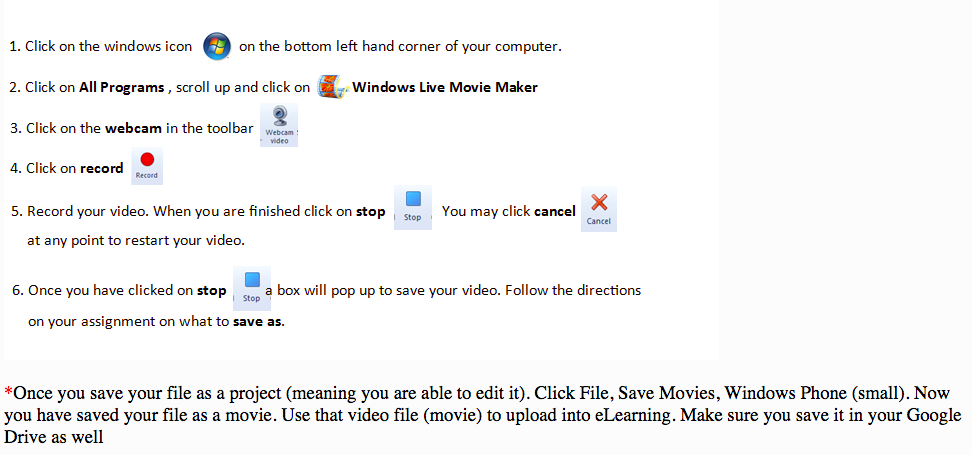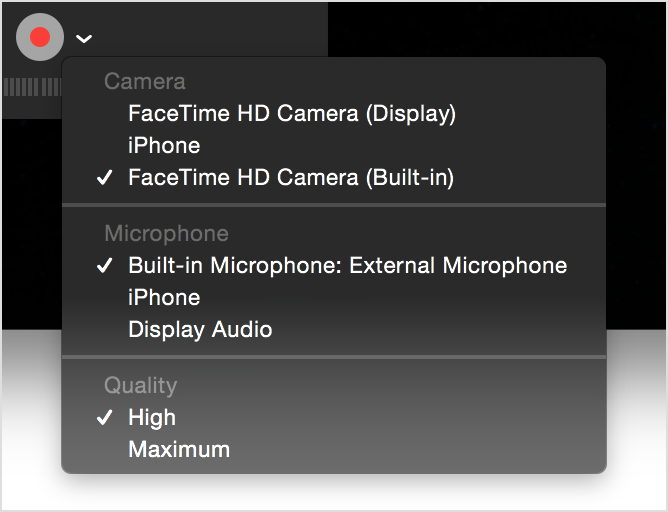Please use the first 15 minutes of class today to study and prepare for your test on chapters 1-3. See the test review list in the post below.
After taking the test, please use your time in class to continue working on your text-based adventure with Twine.
The hardest part (apart from organizing, planning, and writing your story) is learning the software. You can choose either twine or quest software. Both are linked below. Instructions are found online or as copied handouts given to you in class.
Click on the link to get started using the program:
After taking the test, please use your time in class to continue working on your text-based adventure with Twine.
TWINE: When you have an specific idea as to WHO your protagonist is (Character), and you have index cards/flow charts and notes from last class to keep track of your various LOCATIONS (Settings), you should learn a little about how to use TWINE (the program we will be using for this project). You can get help at this link: Twine - Help (or check your handout).
Click on the link to get started using the program:
Use the ONLINE option.
Once you're ready start writing your beginning. It's a good idea to make sure your reader has enough information about their character, setting, and situation before introducing your first choice.
Once you're ready start writing your beginning. It's a good idea to make sure your reader has enough information about their character, setting, and situation before introducing your first choice.
WRITING: work on writing your text-based adventure game. Remember that you are writing in 2nd Person POV (so use the pronoun 'you') for full effect.
Remember to hit the ARCHIVE button when using Twine so you don't lose your writing progress!
HOMEWORK: None. Happy Halloween. Just a reminder that the end of the marking period is Friday. All missing work/projects/posts must be in by the end of class on Friday for partial credit.
If you are all caught up, your test score is the last assignment that will be entered into the gradebook for this marking period.
Remember to hit the ARCHIVE button when using Twine so you don't lose your writing progress!
HOMEWORK: None. Happy Halloween. Just a reminder that the end of the marking period is Friday. All missing work/projects/posts must be in by the end of class on Friday for partial credit.
If you are all caught up, your test score is the last assignment that will be entered into the gradebook for this marking period.






